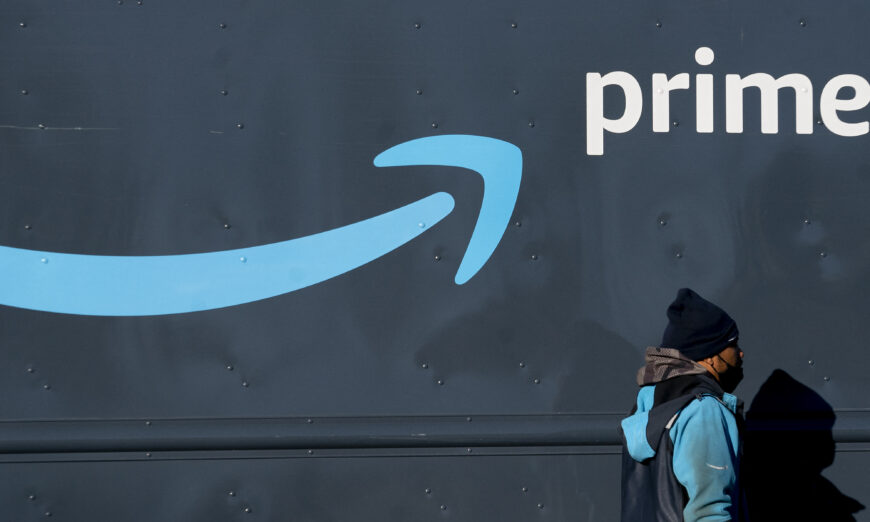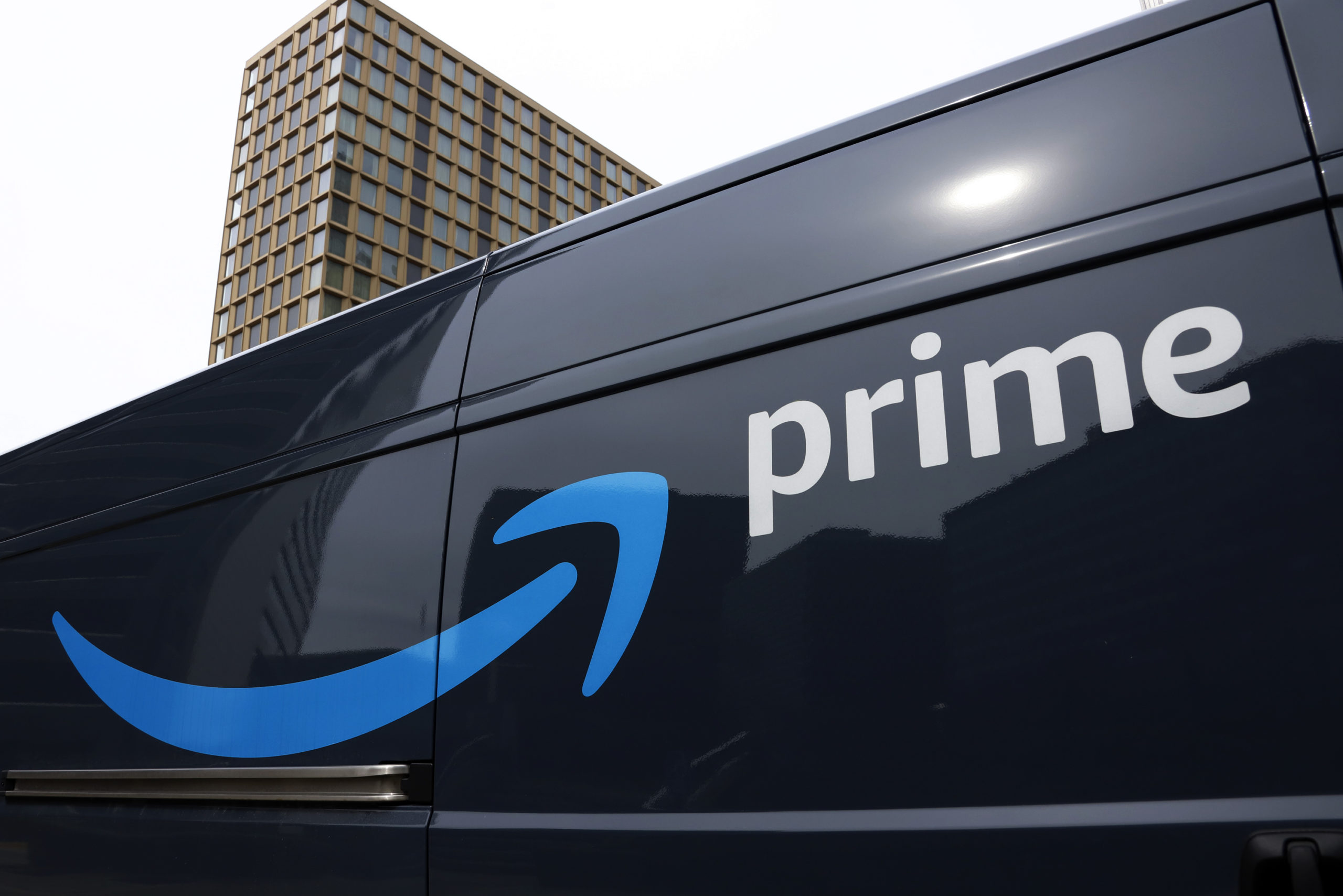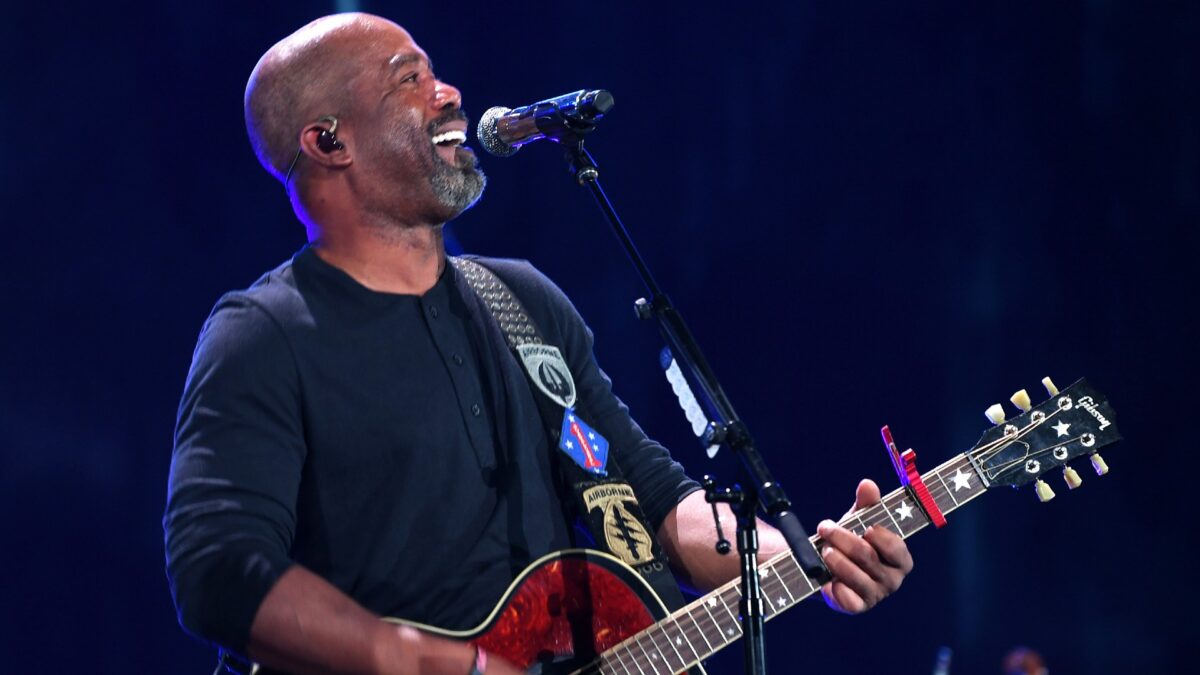Salena Zito: The Far Reaching And Devastating Impact Of Amazon Ending AmazonSmile
WILLIAMSPORT (PA) — Eighty-five years ago Carl Stotz was playing catch with his nephews. He tripped on a lilac bush as he chased a wild pitch. As he was undergoing treatment for his wounds, he experienced a flashe of brilliance which would transform the lives of many people, including families, communities and small businesses.
He recalled to Lance Van Auken, author of Play Ball!, what he had said to his nephews many decades later. The Story of Little League Baseball: What he told his nephews.
“How would you boys like to play on a baseball team? How would you like to play in uniforms, just like the major league players use? With real equipment — a fresh supply of balls and bats, with catcher’s gear. Umpires would call the games so arguments about balls and strikes, catch or no catch, fair or foul, would not interrupt play. Coaches would teach players. Someone would keep score. At the end of the year, the best teams would play for the championship of the league. What do you think of that, boys?”
Stotz quickly enlisted the help of two local brothers, Bert and George Bebble. He gathered enough local boys aged 9-12 years old to form three teams and came up with the name. “Little League” After some encouragement from a local sport editor.
Stotz modified Major League Baseball’s rules to accommodate the growing size of his players. Uniforms for the players were the only thing that Stotz needed, and this proved to be his most difficult vision.
Stotz was rejected 56 more times before Lycoming Dairy made a promise to pay $30 to sponsor a team. This pledge was followed by Lundy Lumber (and Jumbo Pretzel). Each business had a team named for it, with its name on the jerseys.
It was an important contribution that helped to create Little League Baseball.
Stotz was the only person who understood that baseball was not just a sport. He saw it as a way to keep young boys from getting into trouble and keeping them off the streets. It also allowed small businesses to become more connected to their community. They could contribute to its improvement and deepen their relationship.
Millions of Little League Baseball players have been playing since that summer in ’38. Over 2 million children will participate in Little League this year in more than 80 countries, and all 50 U.S. states.
Many of these coaches are the people Stotz imagined at the beginning: local parents and community members such as Nick Fioravanti, in western Pennsylvania. He started coaching his children when they were younger.
Fioravanti was busy Wednesday creating a list local small businesses, which he was about reach out to support for the Franklin Regional Athletic Association’s next season.
“I will be reaching out to over 100 small-business owners in Export, Delmont, and Murrysville with the hope that we get 42 of them to sponsor all of our teams,” He spoke of the 19 softball and 23 baseball teams that require small-business support.
Sponsoring a Little League Baseball team is $300. A sponsor business also gets its name printed on the jerseys.
“We have a couple of larger companies like the local car dealerships. However, the majority of our team sponsors have been smaller companies like landscape companies, flooring companies, insurance agencies, barber shops, hardware stores, and local mechanics and grocers. That investment pays dividends for both the kids and the businesses. The kids get uniforms and maybe we are able to fix up a field, and the businesses are able to show support for the future of our communities,” He explained.
Local athletic associations don’t have the same luck as the FRAA because they are not surrounded with a strong local small-business community that will support them, especially in inner-city and rural areas where many retail stores have closed due to the economy, crime, or ecommerce monopolies like Amazon.
AmazonSmile was first announced nine years ago. It contributed 0.5% of each purchase made by a participant customer to an organization. Little Leagues in many communities urged their members to name their local team their beneficiary.
New York’s Baldwinsville Little League encouraged its local community to use AmazonSmile last year to help support the local program. The Chesterfield, Taylorsville and San Jose, Hillsborough and Monarch, Clark, North City and La Habra City, Cascade and Maugansville as well as Mukilteo Little Leagues, also used AmazonSmile. Many of them had to find a way of filling the gap left by small businesses in their areas. These businesses are either struggling or have been forced out of business due to Amazon’s business practices, which include free shipping and deep discounts that make it impossible for small businesses to compete.
The company announced last week that the centralized monopoly would cease to support local charities including youth sports associations. It will instead donate money to social justice and social responsible initiatives that operate on a greater scale, such as affordable housing, and other entities that align with them. It values.
This week, sign-ups begin for Little Leagues and their sponsors. It will be fascinating to see how Amazon’s decision affects youth baseball and other youth programming such as art camps, which have relied on AmazonSmile to compensate for what Amazon took away.
There is a moral here. Centralizing power is always bad idea. Too often we don’t realize it until the damage is done to something important within our communities.
Stotz was a moralist. Stotz was an avid supporter of the Little League Baseball organization that he established: community buy in and strict adherence at volunteerism.
Stotz was ultimately forced out of the youth group he had founded by a New York City entrepreneur who owned the U.S. Rubber Company. Stotz sued the organization accusing it of losing sight its purpose and mission. He was convicted by the court and left with a broken heart. He didn’t move out of Williamsport but he never went to another Little League game. And he didn’t ever forgive those who forced him out.
But he did not stop talking about the beginning days of the league to anyone that would listen. He was 82 years old when he died in June 1992.
In his autobiography, he wrote about his love for the game.
“During my years of travel around the country for Little League, I was frequently on the road at the time children were walking to country schools. Whenever I saw a boy with books, lunch box, ball glove, and wearing a baseball cap, I felt amply repaid for my efforts to help others like him get the chance to play under conditions suited to their size and ability.”
" Conservative News Daily does not always share or support the views and opinions expressed here; they are just those of the writer."






